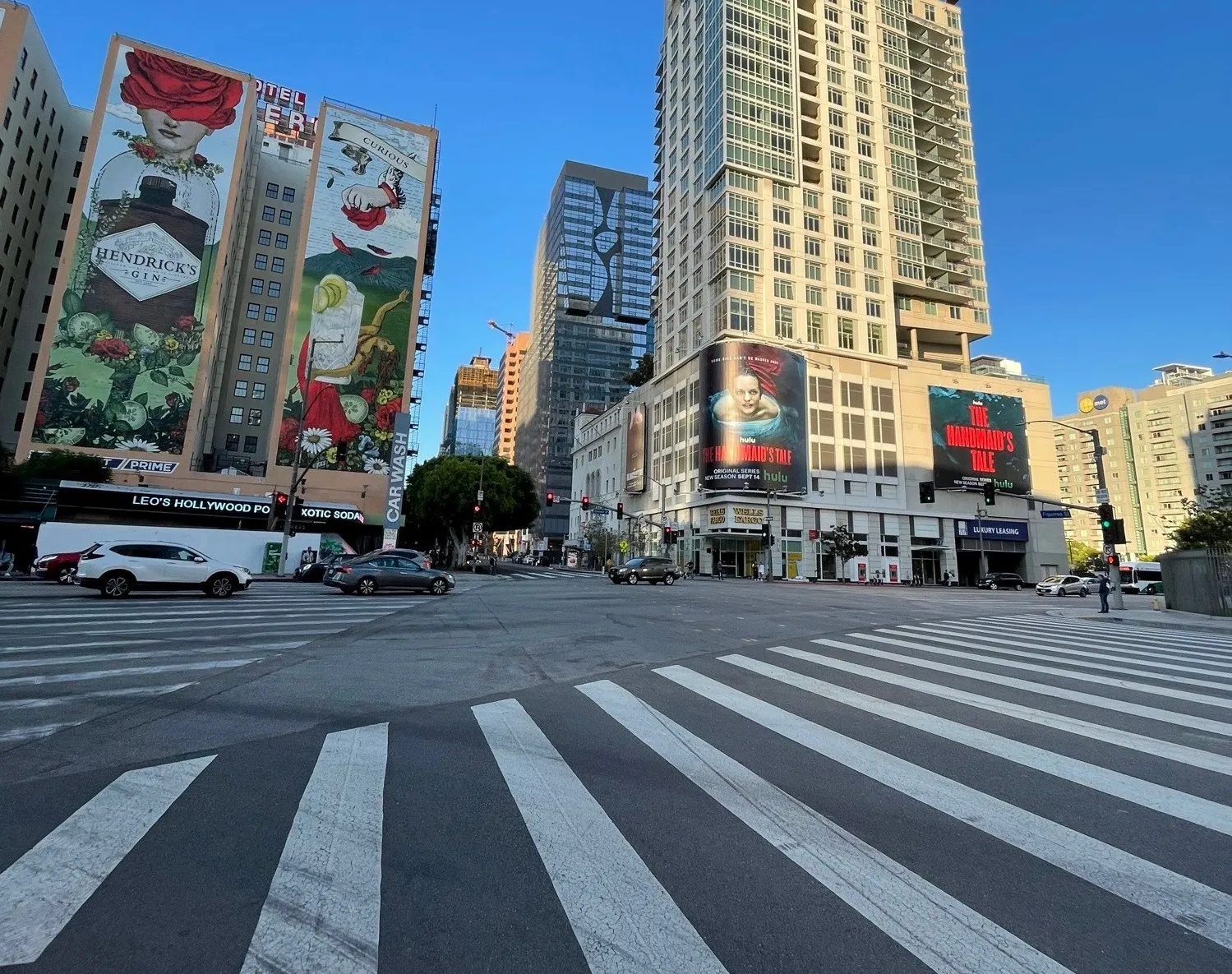The Rhode Island Department of Transportation (RIDOT) is to install advanced wrong-way driving detection systems, beginning this week, at 24 locations across the state. The systems will both alert a driver who is travelling in the wrong direction as well as notify police and other motorists in the area of a potential wrong-way driver.
The new detection systems will sense if a driver has entered a highway off-ramp and activate a series of flashing signs. It will also notify the Rhode Island State Police
April 28, 2015
Read time: 2 mins
The 7642 Rhode Island Department of Transportation (RIDOT) is to install advanced wrong-way driving detection systems, beginning this week, at 24 locations across the state. The systems will both alert a driver who is travelling in the wrong direction as well as notify police and other motorists in the area of a potential wrong-way driver.
The new detection systems will sense if a driver has entered a highway off-ramp and activate a series of flashing signs. It will also notify the Rhode Island State Police that someone is driving the wrong way on the road, take a picture of the vehicle and display a message on overhead electronic message signs to warn other drivers in the immediate area.
The systems are being tested this week during the overnight hours. Once a system at a particular location is tested, it is activated and considered a 'live' site. This work is part of a US$1.8 million initiative to address the occurrence of wrong-way crashes in Rhode Island. In addition to the 24 detection systems, wrong-way signage and striping have been upgraded at 145 locations (more than 200 actual ramps) across the state. Additional detection systems are being planned for under a future phase of the project.
Nationally approximately 360 people die each year in wrong-way related crashes. Since 2008, there have been ten fatal wrong-way crashes in Rhode Island, resulting in 13 deaths. Although the numbers of crashes caused by wrong-way drivers are a small percentage compared with annual crash rates, they are far more likely to result in fatalities.
Rhode Island's project is modelled after a similar program in San Antonio, Texas, where 29 flashing signs were installed along a major highway; within a year, there was a 30 per cent reduction in wrong-way driving incidents.
The new detection systems will sense if a driver has entered a highway off-ramp and activate a series of flashing signs. It will also notify the Rhode Island State Police that someone is driving the wrong way on the road, take a picture of the vehicle and display a message on overhead electronic message signs to warn other drivers in the immediate area.
The systems are being tested this week during the overnight hours. Once a system at a particular location is tested, it is activated and considered a 'live' site. This work is part of a US$1.8 million initiative to address the occurrence of wrong-way crashes in Rhode Island. In addition to the 24 detection systems, wrong-way signage and striping have been upgraded at 145 locations (more than 200 actual ramps) across the state. Additional detection systems are being planned for under a future phase of the project.
Nationally approximately 360 people die each year in wrong-way related crashes. Since 2008, there have been ten fatal wrong-way crashes in Rhode Island, resulting in 13 deaths. Although the numbers of crashes caused by wrong-way drivers are a small percentage compared with annual crash rates, they are far more likely to result in fatalities.
Rhode Island's project is modelled after a similar program in San Antonio, Texas, where 29 flashing signs were installed along a major highway; within a year, there was a 30 per cent reduction in wrong-way driving incidents.










